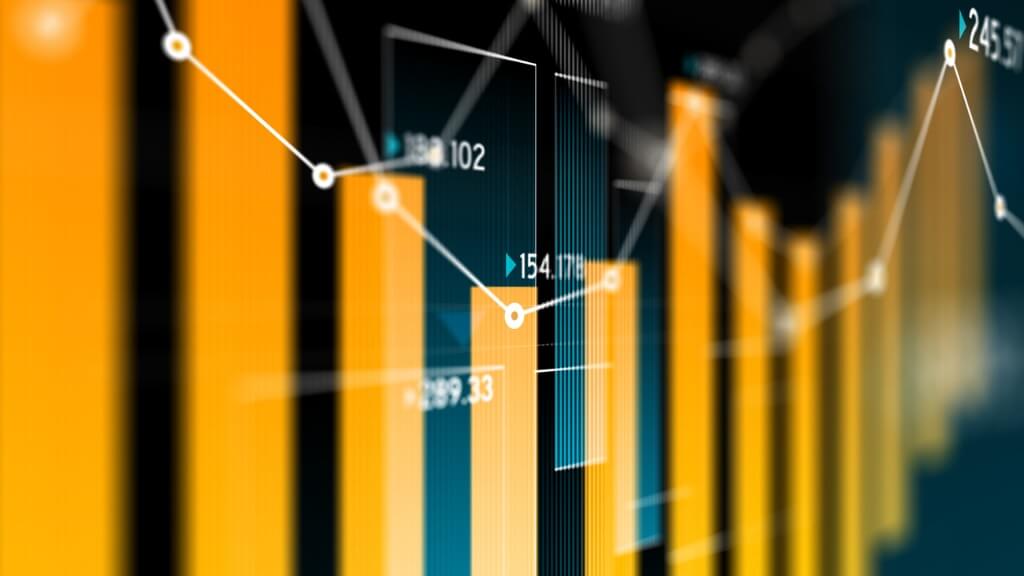
Anticipating the future and planning accordingly is one of the most important things an organisation should be capable of.
The ability to extrapolate market trends, predict consumer responses to advertising and assess what products they want—in short, the ability to forecast demand—can make or break your business.
Doing so, however, is not a trivial matter, and businesses often struggle with the necessary data analysis. However, recent years have brought new technologies and strategies that make demand forecasts more effective.
The Steps of Demand Forecasting
Conducting demand forecasting requires a systematic approach and a sound plan to act by. Broadly, the process involves these steps:
- Identify the objective: a meaningful scope of the forecast is necessary in order to know what data to collect and how to use it. This entails both deciding what product(s) to assess, the target population and the time perspective—certain factors that can be assumed to remain constant in the short term are not as reliable long-term.
- Collect information: decide first whether to use a survey method, using consumer polls or expert opinions, or a statistical method, based on quantitative data regarding sales and market responses.
- Develop a model: this will depend largely on the type of data you've acquired and whether it's qualitative or quantitative.
- Estimate and interpret: the data must be analyzed and then presented in a meaningful way to make a decision based off of it.
- Verify forecast: comparing the forecast to real-world data as the predicted time period passes helps you make more effective forecasts in the future.
"Garbage In, Garbage Out"
A familiar saying in computer science, this refers to the concept that flawed or meaningless input can only produce flawed or meaningless output. This observation is widely applicable even outside of computer science, and that includes Big Data and demand forecasting.
Even the most advanced machine learning software can do little to help if the data given is incorrect, incomplete or inapplicable. For this reason, demand forecasting is rarely done entirely by algorithms, as a data analyst must be able to supply the right input and interpret the output. Even selecting the right algorithm is important.
The best things you can do for effective demand forecasting are: be willing to refine your data and models, do your research on what factors are involved and, sometimes, trust your instinct and your experience with running your business.
Done well, though, demand forecasting is a powerful tool for developing or changing business models. Hard data isn't everything, but data plus the right analytical software and the right insight can pave the way to success for your business.
Thanks for signing up to Minutehack alerts.
Brilliant editorials heading your way soon.
Okay, Thanks!